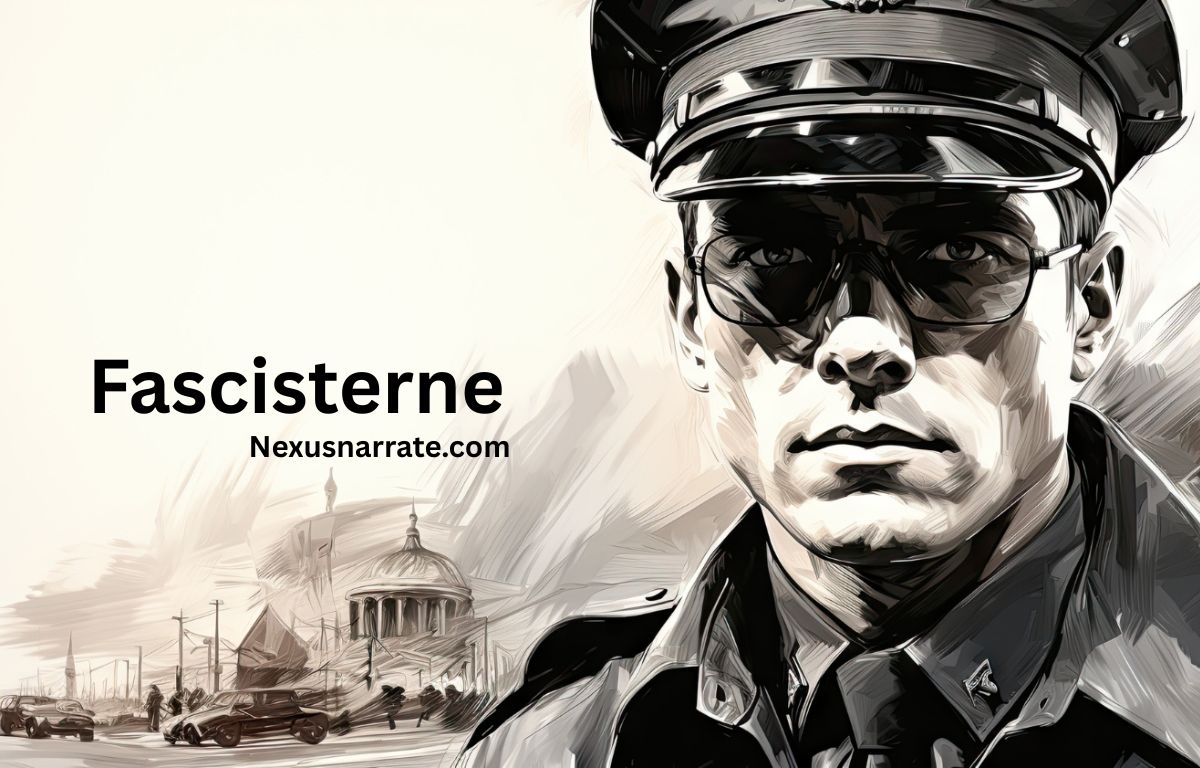The term “fascisterne” may invoke images of a dark chapter in history, but its relevance stretches far beyond the past. As we navigate today’s complex socio-political landscape, understanding this ideology becomes crucial. The rise of fascism has left indelible marks on societies around the globe, and Denmark is no exception.
Grasping the historical context behind it helps us comprehend its modern implications. Why does it still resonate? What lessons can we learn from those who fell under its sway? Join us as we explore the origins, evolution, and lasting impact of it—a journey that sheds light on an important aspect of our shared human experience.
The Rise of Fascisterne: Historical Context and Modern Implications
The rise of fascisterne traces back to the tumultuous early 20th century, a period marked by economic strife and political upheaval in Europe. In Denmark, as elsewhere, disillusionment with existing governments fueled extremist ideologies. People sought order and national pride amidst chaos.
Fascism thrived on feelings of resentment and fear. It promised solutions through unity under a single banner. This allure attracted those desperate for change, leading to mobilization across various social strata.
Today, echoes of it can be seen in rising nationalism and populist movements worldwide. Understanding its historical roots allows us to critically engage with modern implications that challenge democratic values and human rights today.
Also Read: https://nexusnarrate.com/kotora-melnkalne/
Understanding Fascisterne: Origins and Ideological Roots
Fascisterne emerged in the early 20th century, rooted in nationalist and authoritarian ideologies. Denmark, like many European nations, faced political turmoil after World War I. This environment fostered radical movements that sought stability through strong leadership.
The ideological roots of it can be traced to a disdain for liberal democracy and an emphasis on national unity. Fascist leaders promised rejuvenation by promoting a homogenous cultural identity while suppressing dissenting voices.
Central to it was the concept of superiority—both racial and nationalistic. This belief system not only justified aggressive expansion but also fueled deep divisions within society, paving the way for future conflicts and challenges.
Fascisterne Explained: History, Ideology, Power, and Impact
Fascisterne emerged from a complex historical backdrop, drawing inspiration from early 20th-century authoritarian movements. This was a time of social upheaval and national distress in Europe, where the allure of strong leadership resonated deeply with disillusioned citizens.
The ideology behind it combined intense nationalism with anti-communism and militarism. It emphasized unity through conformity, often scapegoating minorities to rally public support. Such ideologies fostered loyalty but also bred division within society.
The power wielded by it during its peak showcased how quickly radical ideas could transform political landscapes. Its impact left scars on nations that endure today, reminding us of the fragility of democracy when faced with extremist ideologies.
Fascisterne: History, Ideology, and Lasting Impact
It emerged in the early 20th century, reflecting a reaction against liberal democracy and socialist movements. Rooted in nationalism, they promoted an authoritarian regime that prioritized state control over individual rights. This ideology gained traction across Europe during times of economic turmoil.
The movement’s impact on Danish society was profound. It influenced political discourse and fueled tensions between differing ideologies. The rise of it led to violent confrontations and deep societal divisions.
Even today, the legacy of it lingers in discussions about nationalism, identity, and governance. Their historical context serves as a cautionary tale for contemporary societies grappling with similar issues of extremism and populism.
Fascisterne – History, Ideology, Power & Impact
Fascisterne emerged as a response to the political turmoil of early 20th-century Europe. Rooted in nationalism and authoritarianism, this movement gained traction as societies faced economic struggles and social unrest. Danish fascists sought to unify the nation under a strong leader, often employing propaganda to solidify their power.
Their ideology was marked by anti-communist sentiments and traditional values. This blend attracted various segments of society disillusioned with existing political frameworks. The allure of a more controlled society resonated deeply during times of uncertainty.
The impact of Fascisterne can still be felt today. Its historical legacy serves as a reminder of how extremist ideologies can shape national narratives, urging contemporary societies to remain vigilant against such tendencies.
Fascisterne Meaning, History, and Why It Still Matters Today
Fascisterne refers to the Danish fascist movement that gained traction in the early 20th century. Rooted in nationalist and authoritarian ideals, it sought to unify individuals under a single national identity. This ideology was heavily influenced by broader European fascism, emphasizing loyalty to the state over individual freedoms.
Historically, Fascisterne rose amidst economic turmoil and societal unrest. Their messages resonated with those seeking strong leadership during chaotic times. The party’s activities reflected a desire for power through traditional values and militaristic pride.
Today, understanding Fascisterne is crucial as it sheds light on contemporary far-right movements. Linguistic remnants of this ideology can still be seen in modern political discourse across Europe, reminding us of history’s cyclical nature.
Fascisterne: A Deep Dive into Danish Fascist Terms
Fascisterne, a term rooted in Denmark’s complex political history, encapsulates the essence of early 20th-century fascism. It reflects an ideology that sought to unify nationalism with authoritarian governance. This blend aimed to create a strong state led by a singular vision.
Within this context, various Danish terms emerged that highlighted specific aspects of fascist thought and practice. Words like “national socialisme” convey the unique melding of socialism with nationalist fervor. Such terminology illustrates how language shaped public perception and mobilized support.
The legacy of these terms lingers today; they serve as reminders of past struggles against oppression and tyranny in Denmark’s cultural memory. Understanding them is crucial for grasping contemporary discussions on extremism.
Fascisterne: Top History & Legacy of Fascist Movements
Fascisterne has left an indelible mark on history, shaping political landscapes and social attitudes in profound ways. Emerging from a backdrop of economic turmoil and societal unrest, this movement harnessed the power of nationalism and authoritarianism to gain traction.
The legacy of fascist movements is complex. They serve as reminders of how easily ideology can shift towards oppression when fear and discontent take hold. The lessons learned from these historical events continue to resonate today, urging societies to remain vigilant against the rise of extremist ideologies.
Understanding fascisterne helps us navigate modern political climates, ensuring that we recognize warning signs early on. It reminds us that history often repeats itself if ignored. By studying its impact, we foster critical discussions about democracy, freedom, and human rights for future generations. This awareness is essential as we strive for a more just society free from the shadows of past mistakes.







